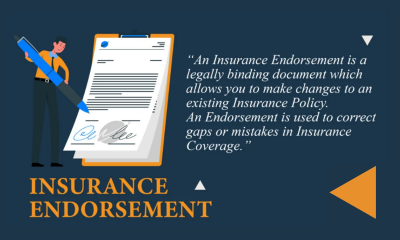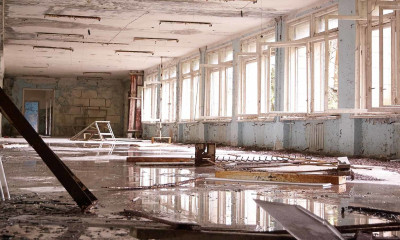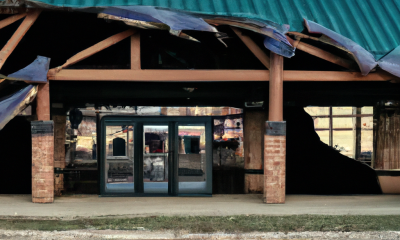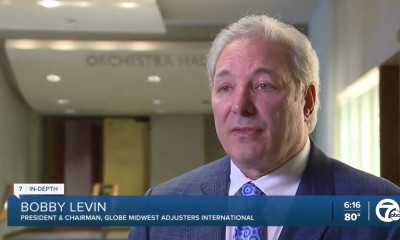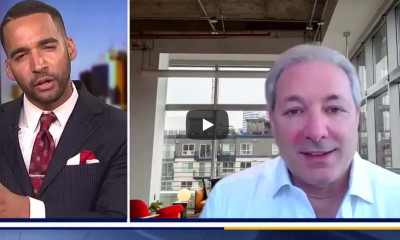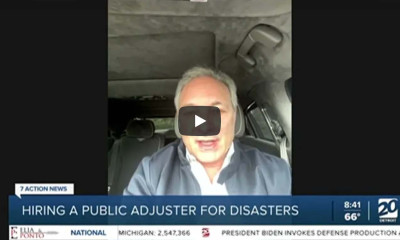Understanding Ordinance or Law Coverage for Nursing Homes
In the ever-evolving landscape of nursing home management, a critical but often overlooked aspect is the insurance implications of building code enhancements post-loss. Ordinance or Law insurance coverage plays a pivotal role in this context, offering protection against the costs incurred due to compliance with building codes after a loss. It's important to note that this coverage provides limited protection and is often subject to exclusions. In many instances, the enforcement of updated building codes can significantly elevate the cost of claims, sometimes by as much as 50% or more. Given the nature of nursing homes, where safety and health standards are paramount, the implications of these code enhancements are particularly pronounced.
Most property insurance policies contain an Ordinance or Law exclusion, impacting both physical damage and time element coverage. This exclusion typically applies when enforcing any ordinance or law that regulates the construction, use, repair, or removal of property. Understanding the trigger points of this coverage is crucial. Ordinarily, coverage is activated based on the ordinances or laws in force at the time of the loss. However, coverage for post-loss ordinances and laws, which may be amended after the loss but before repairs, is less common and requires careful navigation.
Harmony Heights Nursing Home, in the aftermath of a devastating hurricane, faced a complex rebuilding process under new state building codes. These stringent codes necessitated specific upgrades like the installation of a state-of-the-art fire suppression system, retrofitting with fire-resistant building materials, and the addition of wheelchair-accessible ramps with specific width and slope requirements. Their existing property insurance policy, however, contained an Ordinance or Law exclusion, which specifically did not cover the costs of adhering to these new, more rigorous standards. The additional expenses, such as the requirement to install emergency lighting systems compliant with the latest energy codes and the overhaul of HVAC systems to meet enhanced environmental standards, were significant. The facility’s “Replacement Cost” coverage, which was expected to cover the rebuilding costs, fell short in addressing these code-mandated upgrades, leaving Harmony Heights financially strained to cover these compliance-related expenses out of pocket.
Confronted with this scenario, the management of Harmony Heights realized the importance of a nuanced understanding of Ordinance or Law coverage in their insurance policy. This case highlights the necessity for nursing home operators to delve into the details of their property insurance policies, especially in relation to specific building code requirements post-disaster. For example, ensuring coverage for the integration of advanced alarm systems and non-combustible interior wall finishes, as mandated by the updated fire safety codes, is critical. Proactively consulting with insurance professionals to understand and potentially amend their policies to include such specific ordinances or law-related expenses is crucial. This strategic approach to property insurance coverage is essential for safeguarding nursing homes against the financial implications of evolving safety and health regulations in the industry.
In navigating the complexities of insurance coverage, nursing home operators must prioritize a thorough understanding of Ordinance or Law coverage, ensuring that their policies are robustly equipped to handle the financial implications of building code compliance. This understanding is crucial, particularly in light of the potential for significant cost increases due to evolving safety and health regulations. It is essential for nursing home owners to consider endorsements or riders that specifically address building code upgrades, as standard property insurance policies may not cover these additional expenses. Regular consultation with insurance professionals who specialize in nursing home coverage is more than a precaution; it's a strategic approach to identifying and bridging potential coverage gaps. Such proactive insurance management is not merely about mitigating risks; it represents a strategic investment in the facility's future, safeguarding against the financial strains that can arise from strict compliance with updated building codes. In essence, effective insurance planning in the nursing home sector is a crucial step in ensuring both regulatory compliance and financial stability in an ever-changing industry landscape.
__________________
About the Author
Stuart Dorf, JD, CPAU | Executive Vice President
Stuart Dorf, JD, CPAU, Executive Vice President at Globe Midwest™ Adjusters International, is a licensed public adjuster, appraiser, umpire, and attorney who specializes in securing fair insurance claim settlements for property and business owners. With over 20 years of experience in commercial real estate, law, and marketing, he holds licenses in multiple states, actively participates in legal associations, and has a strong entrepreneurial background. He earned his law degree from the Illinois Institute of Technology’s Chicago-Kent College of Law and graduated with honors from Tulane University.
sdorf@globemwai.com | 248.915.0399
Yossi Gottfried, MSA | Regional Vice President
Yossi Gottfried, MSA, Regional Vice President at Globe Midwest™ Adjusters International, is a forensic accountant specializing in business interruption claims. Yossi leads the firm's nursing home/assisted living facility practice group, advising operators on large insurance claims. His expertise lies in applying insurance policy formulas to accurately assess income loss due to property damage, ensuring clients receive a claim reflective of the true monetary value. He holds a Bachelor of Science in Finance from Yeshiva University and a Master’s in Accounting from Wayne State University.
ygottfried@globemwai.com | 248.885.3902


